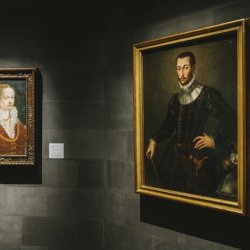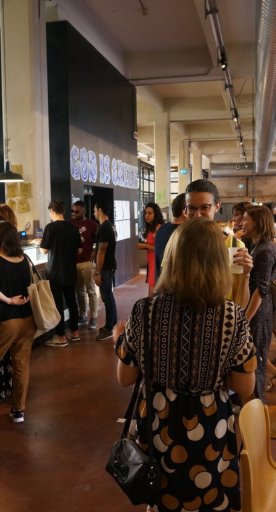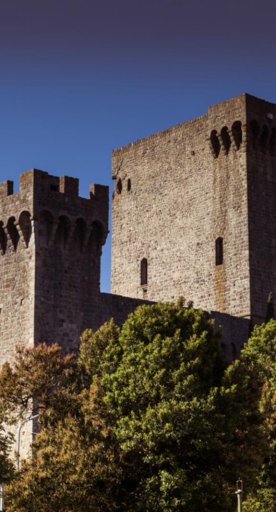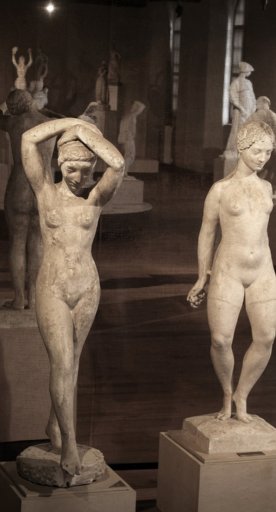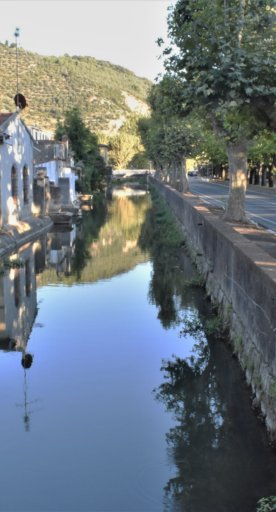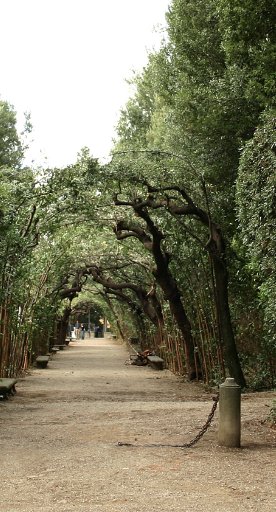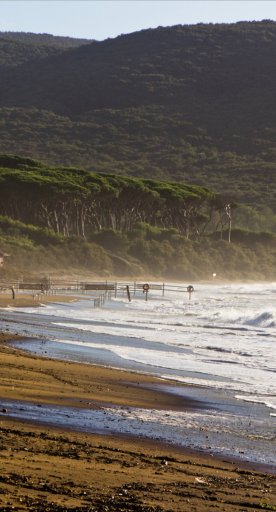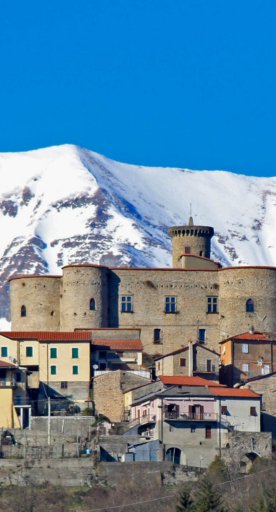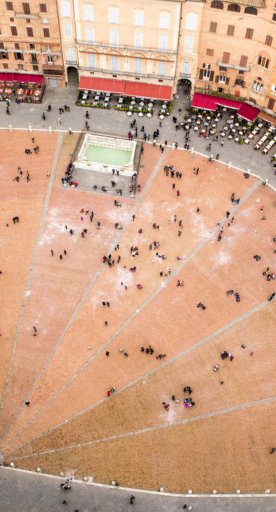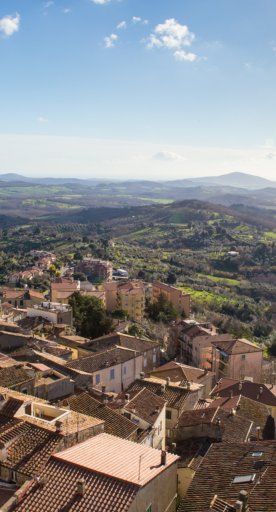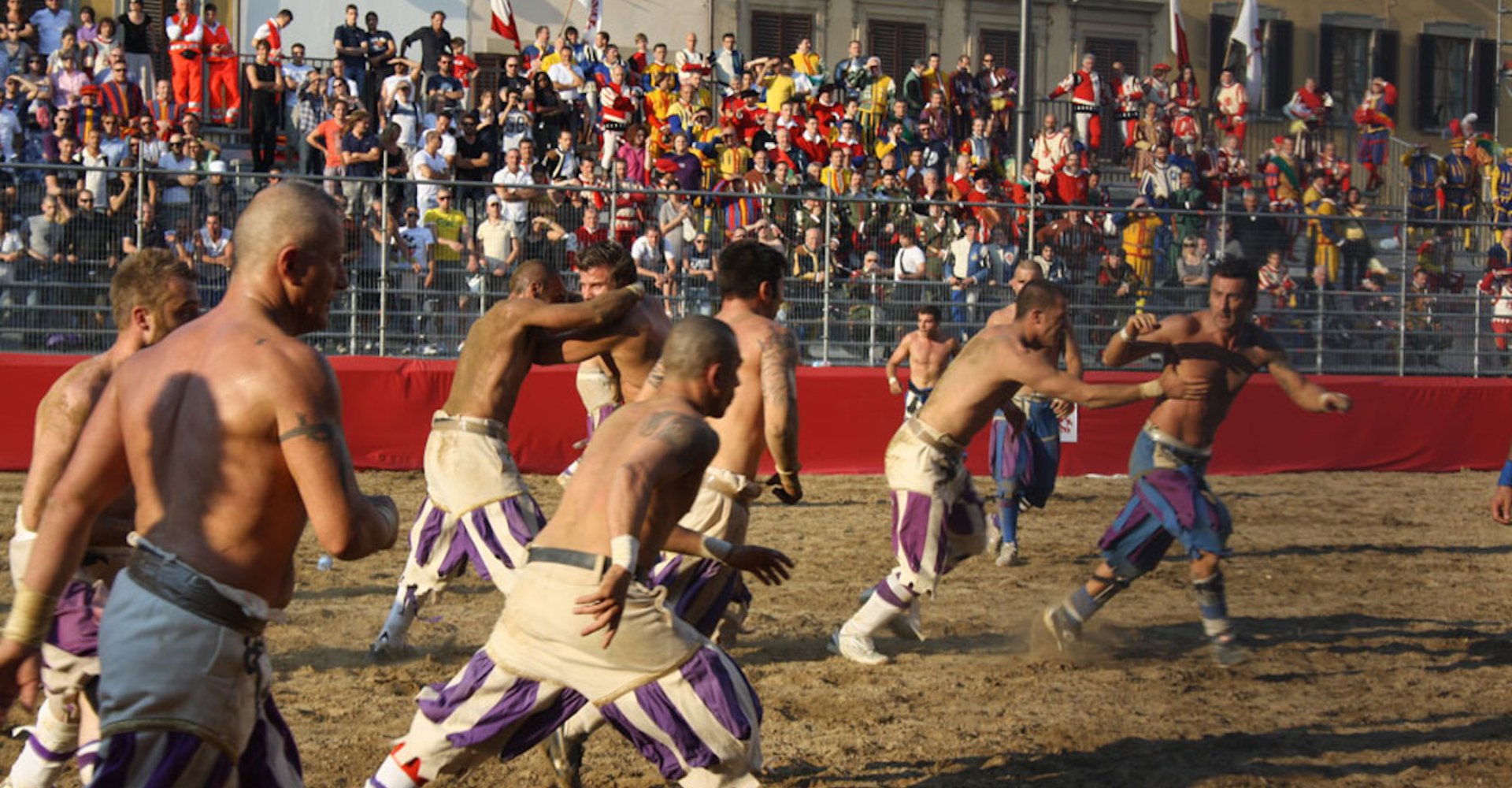
Top 25 historical events in Tuscany
The festivals and celebrations not to be missed throughout the year
Countless historical events are celebrated in Tuscany every year and participating in (at least) one of them is a sure guarantee to diving headfirst into local history and culture.
During these celebrations, culture, food, wine and tradition fuse together in what seems like a journey through time.
Here is a list to help you discover the top 25 historical events around Tuscany.
-
1.Palio di Siena
-
2.Palio di Buti
-
3.Carnevale di Viareggio
-
4.Carnevale di Piombino
-
5.Carnevale dei Figli di Bocco
-
6.Capodanno Fiorentino
-
7.Capodanno Pisano
-
8.Palio dei Somari
-
9.Balestro del Girifalco
-
10.Gioco del Ponte
-
11.Luminara and historical Regatta
-
12.Giostra del Saracino
-
13.Calcio Storico Fiorentino
-
14.Monteriggioni di torri si corona
-
15.Offerta dei Censi
-
16.Giostra dell’Orso
-
17.Effetto Venezia
-
18.Palio Marinaro
-
19.Bravio delle Botti
-
20.Volterra AD 1398
-
21.Rificolona
-
22.Luminara di Santa Croce
-
23.Assedio alla Villa
-
24.Palio delle Balestra
-
25.Gioco del Pozzo
Palio di Siena

Siena's famed Palio is held in Piazza del Campo, the heart of the historic center. This age-old tradition dates to 1633 and takes place twice a year: July 2 and August 16. The exciting horserace is a battle between the city’s different contrade, or districts, an age-old rivalry still alive today. At the end of the event, the winning team celebrates the victory with dinners held in the streets of the triumphant contrada.
Palio di Buti
This horserace is one of the oldest horse palios in Italy. It takes place in the town of Buti (Pisa) on the first Sunday after January 17, when jockeys representing each of the town’s seven districts race in the main road leading to town. The event also vaunts the recent addition of a historic parade with characters in traditional costumes.
Carnevale di Viareggio
A Carnival that is over 140 years old. The event features giant papier-mâché floats, thousands of colourful and joyful masked people and takes place in February for four Sundays in a row. Needless to say, this seaside fun is a treat for visitors of all ages: the floats parade through the masked masses along the roughly 3 kilometers long seaside promenade of Viareggio, between the beach and magnificent Liberty-style buildings.
Carnevale di Piombino

Main character of the historic Carnival of Piombino is the King of Wine, called "Cicciolo". At the end of the celebrations (held on Fat Tuesday), this papier-mâché mask is traditionally burned in piazza Bovio in front of thousands of people.
Carnevale dei Figli di Bocco
Castiglion Fibocchi, a town close to Arezzo, hosts the Carnival of the Sons of Bocco, an age-old event where approximately 200 participants dressed in whimsical costumes and papier-mâché masks lead guests to another dimension. This spectacular baroque-flavoured Carnival colors the medieval town for two Sundays in February and also features street performers, theater shows, food stalls and fireworks. The undisputed leader and the soul of the festivities is King Bocco.
Capodanno Fiorentino

Traditional Florentine New Year is held on March 25, a day that begins with a historic parade to Palazzo Vecchio and music playing in the streets. The celebration continues in piazza Santissima Annunziata with an outdoor market, lively festival goers and an evening concert.
Capodanno Pisano
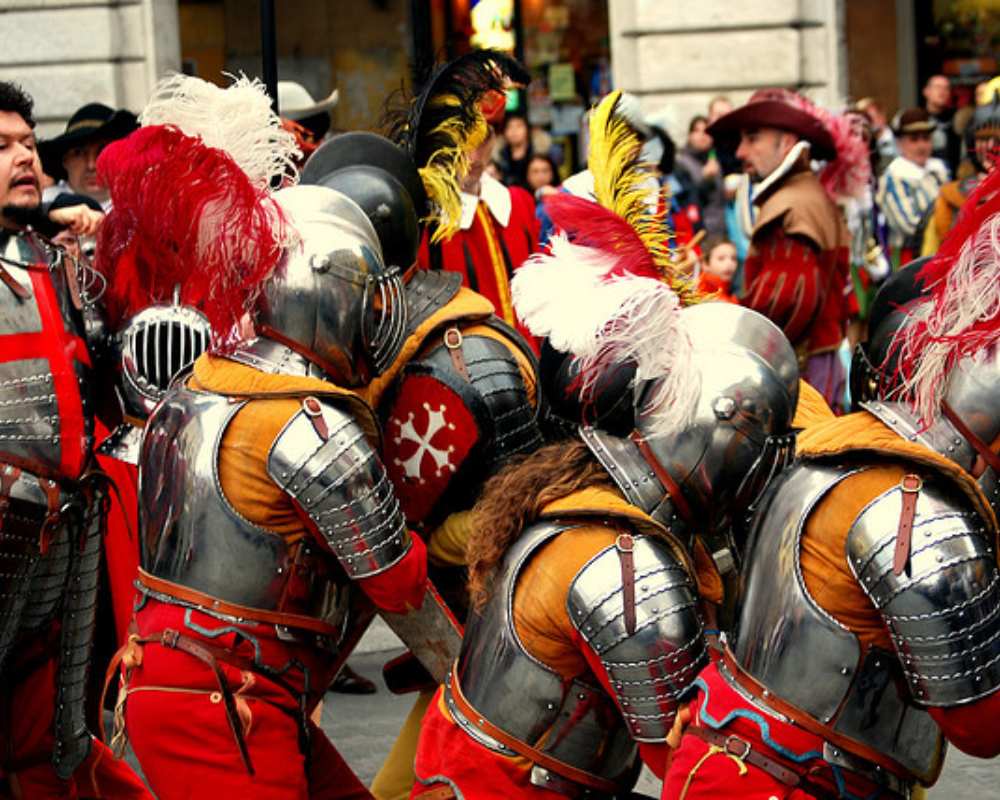
Between the 10th century and 1749, Pisa’s New Year’s Day coincided with the Annunciation on March 25, exactly nine months before Christmas. Thus, like Florence, Pisa celebrates the New Year twice. On the day of the Pisan New Year, a solar clock marks the time of the celebrations: at midday, a ray of sunlight pierces the Pisa Cathedral through a round window and illuminates a marble egg located near Giovanni Pisano’s famed pulpit.
Palio dei Somari
The donkey palio in Torrita di Siena is held on the feast day of Saint Joseph (March 19). This popular festival honors the patron saint of carpenters, a widespread activity among local residents. Torrita di Siena's eight districts battle for the palio, a beautiful painted drape. There are also flag-wavers, a parade and performances during the event.
Balestro del Girifalco

On the 4th Sunday of May and on August 14, Massa Marittima goes back to its golden age for the Balestro del Girifalco. The 14th-century festival tests the skill, speed and strength of 24 men as they battle for the glory of their terzieri (districts). Competitors arm themselves with authentic replicas of 14th-century Italian crossbows used by their ancestors at the event’s first edition. The target is located more than 30 meters away on the other side of piazza del Duomo. On its back is a painting of the festival’s namesake, the girifalco (gyrfalcon), its wings spread wide as if to take flight. The competitor whose arrow lands closest to the center of the target wins.
Gioco del Ponte
Literally, Gioco del Ponte can be translated as "game of the bridge". This battle consists of pushing a cart along the Ponte di Mezzo and it is a battle of strength between Pisa’s northern and southern medieval rival districts (once called Tramontana and Mezzogiorno). These districts are physically separated by the Arno River and linked by the Ponte di Mezzo, hence the festival’s location. The event takes place on the last Saturday in June and features a costumed parade before the main event.
Luminara and historical Regatta
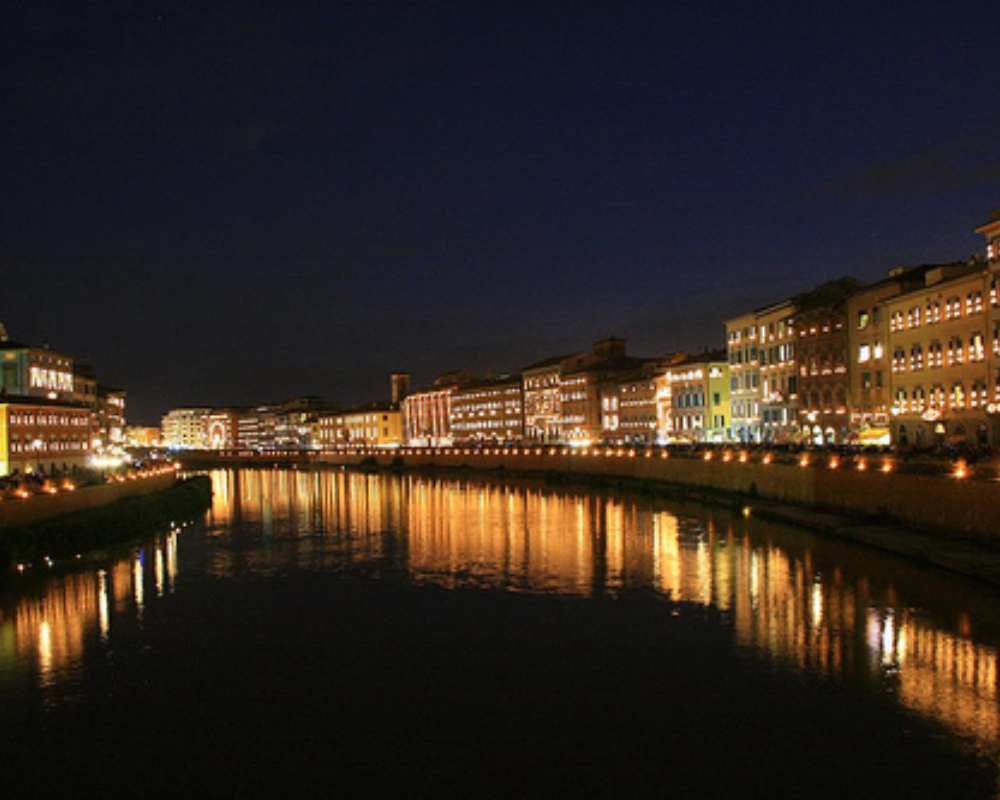
The Luminara di San Ranieri is held on June 16 along Pisa’s lungarni (riverbanks). On this occasion, special illuminations are lit to celebrate the eve of the day of San Ranieri, the city's patron saint: over 120,000 wax candles are placed in glass cups and hung from wooden frames (known as biancheria), not to mention a firework display at night.
On June 17, Pisa also hosts the Regatta of the Ancient Maritime Republics, a race on the Arno, a race between four boats representing the town's four historical quarters.
Giostra del Saracino
The Saracen Joust of Arezzo is a medieval chivalric game. Reintroduced in 1931, this 14th-century historical reenactment quickly developed a competitive vibe. Head to Arezzo and enjoy this fantastic and enthralling knight’s tournament, which takes place on the second to last Saturday of June and the first Sunday of September.
Calcio Storico Fiorentino
On June 24 Florence celebrates its patron saint, St. John the Baptist. The afternoon is the moment of a historical football match known as Calcio Storico, played in piazza Santa Croce and preceded by a parade through the historical center. Clacio Storico is played between four teams representing Florence’s neighbourhoods - Santa Croce, Santo Spirito, Santa Maria Novella, San Giovanni - and the game on June 24 is the final match of the mini tournament which takes place during the month of June.
Monteriggioni di torri si corona

Every July, Monteriggioni hosts a Medieval festival called Monteriggioni di torri si corona (translated as “Of turrets, Monteriggioni crowns its walls), that transports visitors back in time. Characters dressed in historical costumes adorn the city, recreating the feel of medieval times. Plus, there is a tournament between 13th-century knights, a battle with piker men, halberdiers, infantrymen and harquebusiers.
Offerta dei Censi
This July festival is the reenactment of one of Abbadia San Salvatore’s age-old traditions. The event’s name stems from when the lay community of Castel di Badia gave "censi in natura" (offerings consisting of local products) to the Abbot, a gesture meant to both give thanks and recognize his authority.
Giostra dell’Orso
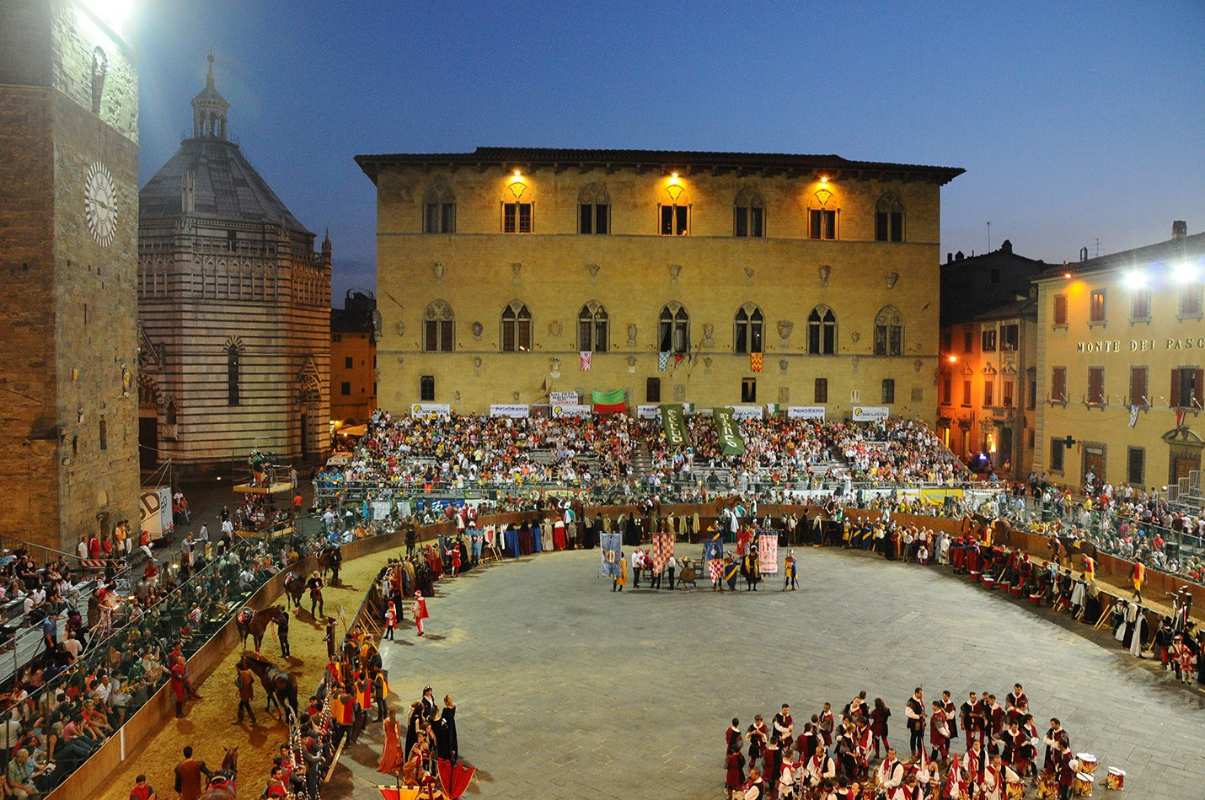
The Joust of the Bear is held in Pistoia's central piazza Duomo, every year, on July 25. A not to be misses reenactment of a fascinating medieval jousting tournament, which approaches its ancient, traditional palio heritage with a modern twist.
Effetto Venezia
Effetto Venezia is Livorno’s traditional summer festival. The event is held in July in the famous Venezia neighborhood, a spot whose waterways resemble those of the famed northern city. The festival vaunts a series of shows in squares and streets and features stands with plenty of products to peruse.
Palio Marinaro
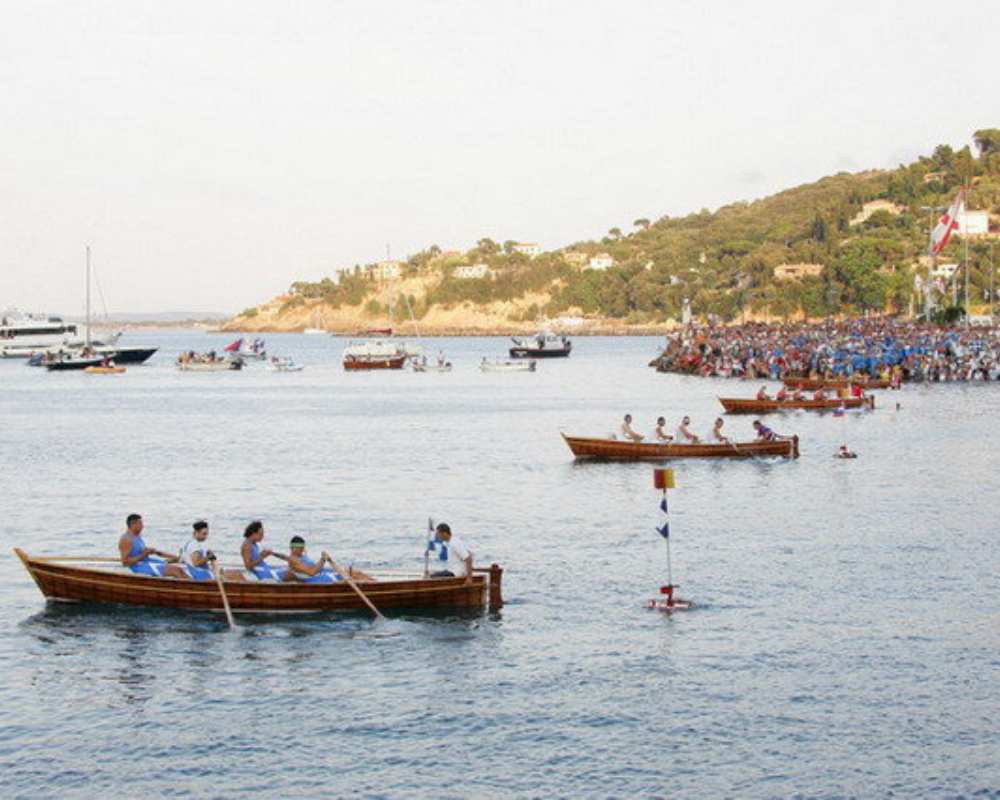
The Palio Marinaro is a famed seafaring race held on August 15 at Porto Santo Stefano in Monte Argentario. Many legends surround it: local tales trace the palio to the battle between Porto Santo Stefano’s struggling fishermen and the pirates infesting the Tyrrhenian Sea. The Palio Marinaro consists of a rowing regatta (4 rowers and one coxswain) pitting four boats, guzzi (classic fishing boats), representing the four districts of the town, named after the four nautical winds: Maestrale, Grecale, Libeccio and Scirocco.
Bravio delle Botti
The last Sunday of August in Montepulciano is the day of the Bravìo delle Botti, a traditional competition where the town's eight districts compete rolling 80 kg barrels up an 1800-meter hill. Two men called “pushers” wind through the historic center until reaching the finish line on the cathedral steps in Piazza Grande.
Volterra AD 1398

On the 2nd and 3rd Sundays of August, Volterra sets the clock backwards to medieval times with Volterra AD 1398: knights and horses, noble ladies and gentlemen, minstrels and peasants, archers and flag flyers adorn the city, giving visitors a taste of 14th-century life. City inhabitants dress in medieval costumes and offer guided tours of the centuries-old town.
Rificolona
On September 7, the city of Florence hosts the Festa della Rificolona, an age-old, folkloric Florentine feast still alive in local tradition. The feast dates to the mid-17th century and is connected to masses of peasants and mountain-dwellers that would come to Florence to celebrate the Nativity of the Blessed Virgin Mary in the Church of the Santissima Annunziata. These outsiders journeyed from a number of areas, from the surrounding countryside to the isolated Casentino area and the Pistoiese mountains.
Luminara di Santa Croce
The Festa di Santa Croce (Holy Cross) is a September feast celebrating all of Lucca and its people, a moment where the city proudly expresses its historic identity, with citizens and institutions united under the sign of the Volto Santo (Holy Face), the city's sacred icon since the Middle Ages and a religious reference point across Europe. The celebrations include the evocative Luminara di Santa Croce, held through the streets and squares of the historic center, lit up with thousands of lights and candles.
Assedio alla Villa
This September event - the "Siege" - takes place at the Medici Villa of Poggio a Caiano. This Villa was built by Lorenzo the Magnificent and soon became his son’s favorite villa. Duchess Joanna of Austria stayed here in 1565 while preparing for her wedding to Prince Francesco de’ Medici. His father, Cosimo I, had recently given him control of the Grand Duchy of Tuscany, making their marriage a political and diplomatic act, as the Duchess was neither intelligent nor very beautiful. The arrival of the illustrious guest was organized carefully given the international spotlight the marriage would give Florence. This festival reenacts the journey Joanna’s carriage made from Innsbruck to Poggio a Caiano, complete with costumes, flag throwers, dancers, music and more.
Palio delle Balestra
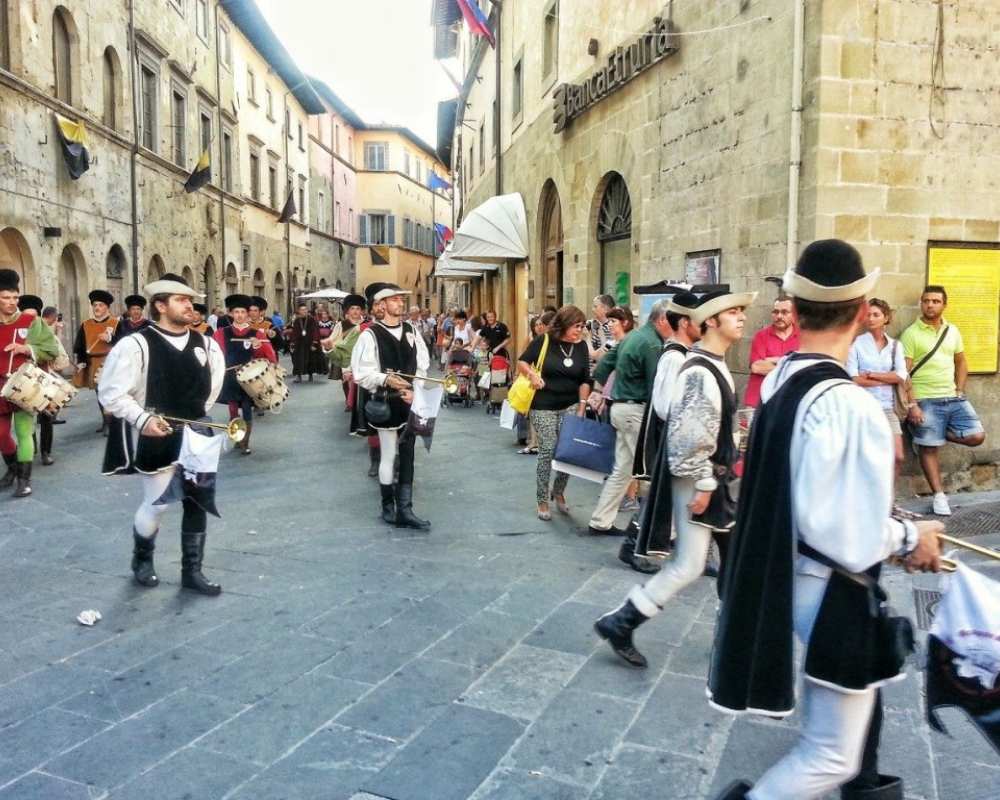
The Palio della Balestra is held on the second Sunday of September in Sansepolcro. For the occasion, a large number of citizens dress in medieval costumes and prepare for a historical competition between Sansepolcro and their age-old enemy of Gubbio. The event, which takes place in Piazza Torre di Berta, consists of a crossbow tournament where participants must hit use centuries-old weapons to hit a bull’s-eye located 36 meters away.
Gioco del Pozzo
On the first Sunday of September the town of Montevarchi relives the traditional Festa del Perdono (Feast of Forgiveness), featuring the Gioco del Pozzo (Game of the Well), in Piazza Varchi. The game was originally used to determine which of the four historic city districts would be the first to draw water during dry months. The game itself consists of a battle between the city’s teams as they aim for a target in the center of a well.
The original version of this article was written by Serena Puosi.
